20W Audio Amplifier
- Rajkumar Sharma
- 18.013 Views
- moderate
- Tested
- SKU: EL34189
- Quote Now
This project is a 20W Audio amplifier based on LM1875.
Description
This project is designed to operate with a minimum of external components. This amplifier offers high-quality and high-performance audio at very low distortion. The project is based on National’s LM1875 IC. The IC is thermal and short circuit protected.
The LM1875 is a monolithic power amplifier offering very low distortion and high quality performance for consumer audio applications, the project work on single supply. Device overload protection consists of both internal current limit and thermal shutdown.
The LM1875 design takes advantage of advanced circuit techniques and processing to achieve extremely low distortion levels even at high output power levels. Other outstanding features include high gain, fast slew rate, a wide power bandwidth, large output voltage swing, high current capability, and a very wide supply range. The amplifier is internally compensated and stable for gains of 10 or greater.
Specifications:
- Supply 16-48V DC @ 2 Amp
- Output 20W into 4Ohm Speaker.
- Gain 26dB.
- Frequency Response 20Hz-20Khz
- Thermal Protection with parole circuit
- Low distortion: 0.015%, 1 kHz, 20 W
- Line Level audio signal Input
Distortion:
The preceding suggestions regarding circuit board grounding techniques will also help to prevent excessive distortion levels in audio applications. For low THD, it is also necessary to keep the power supply traces and wires separated from the traces and wires connected to the inputs of the LM1875. This prevents the power supply currents, which are large and nonlinear, from inductively coupling to the LM1875 inputs.
Power supply wires should be twisted together and separated from the circuit board. Where these wires are soldered to the board, they should be perpendicular to the plane of the board at least to a distance of a couple of inches. With a proper physical layout, THD levels at 20 kHz with 10W output to an 8Ωload should be less than 0.05%, and less than 0.02% at 1 kHz.
Schematic



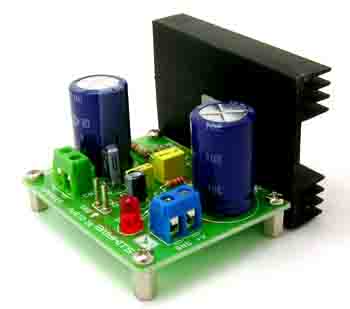
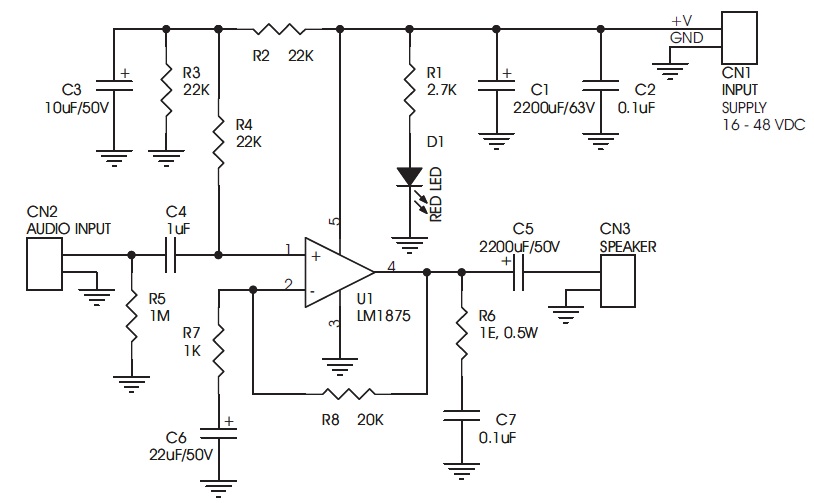
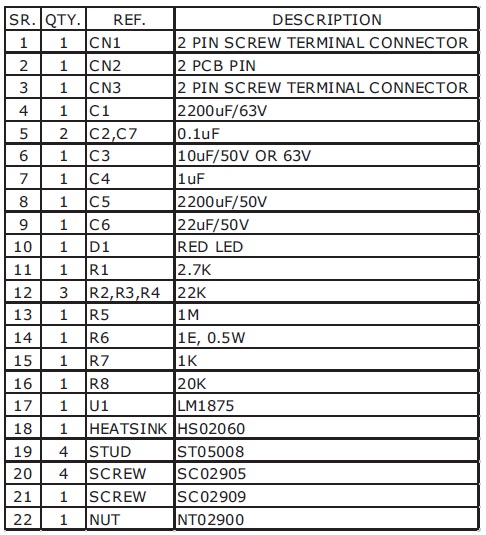
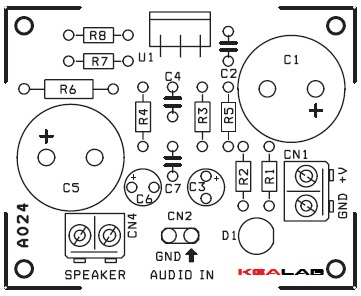
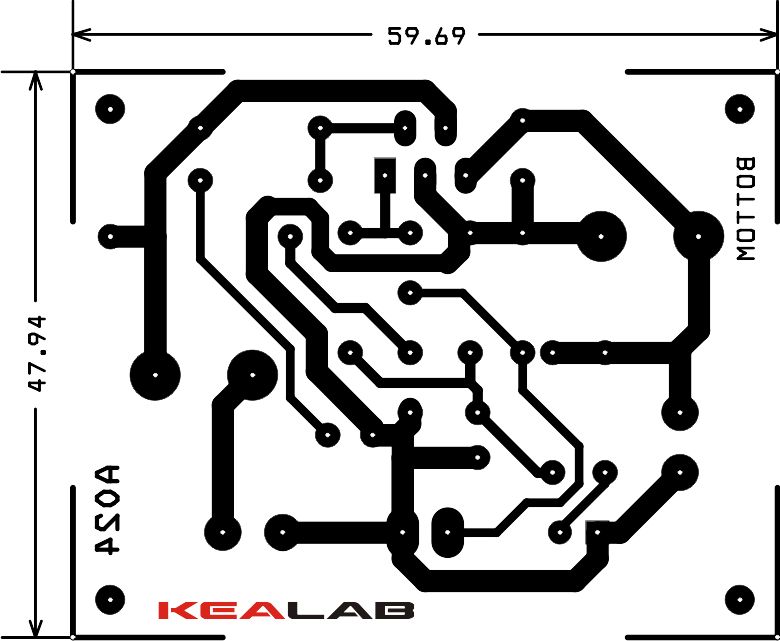



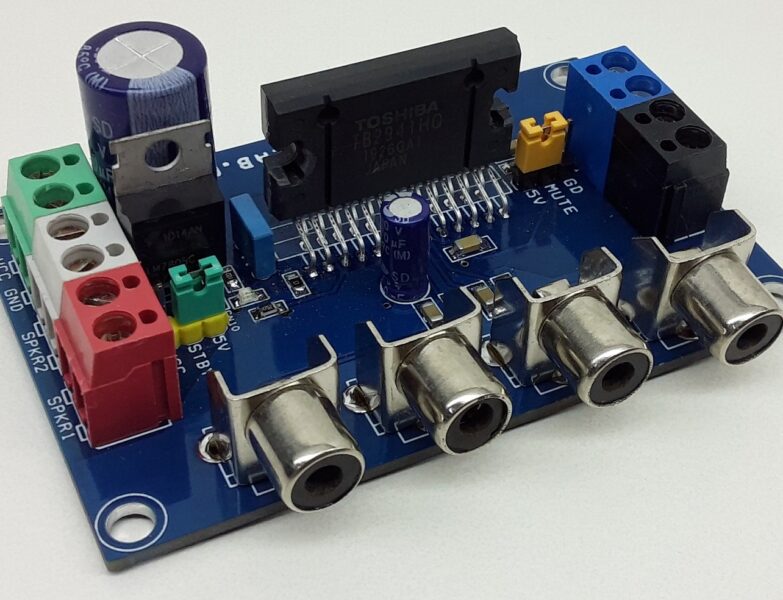
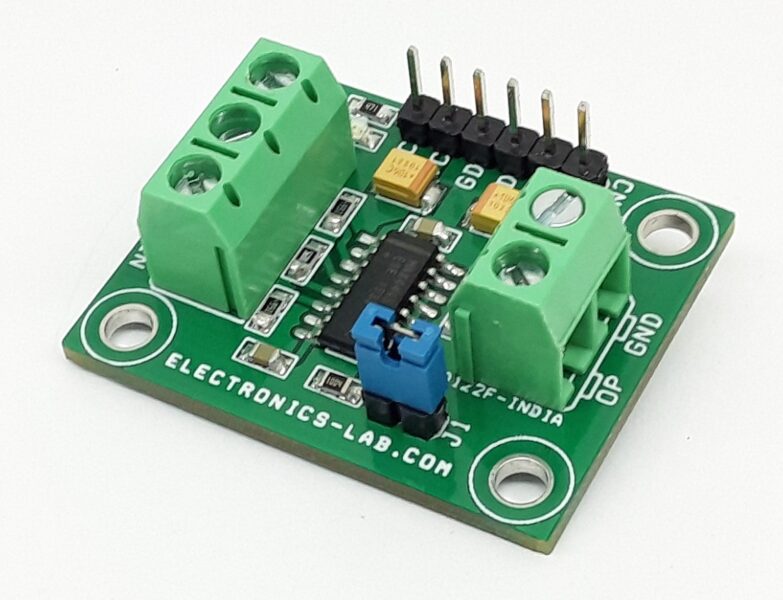
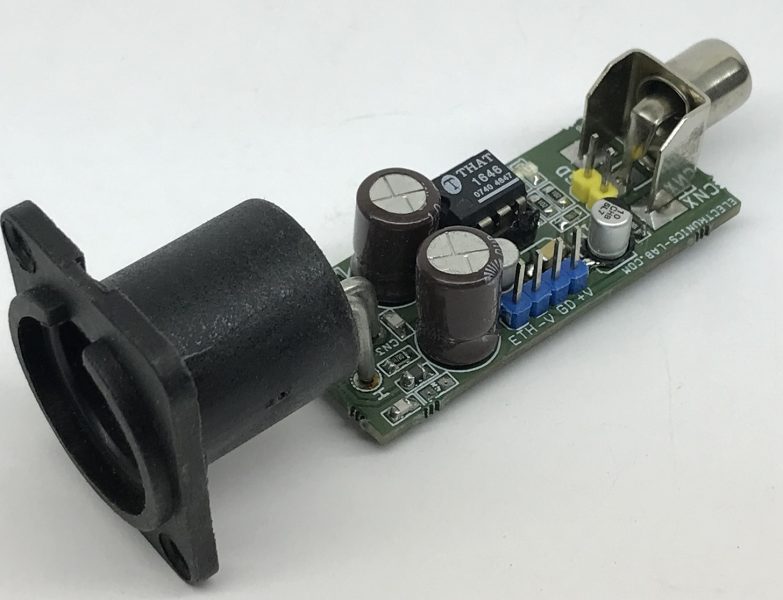
Can I put potentiometer on it?